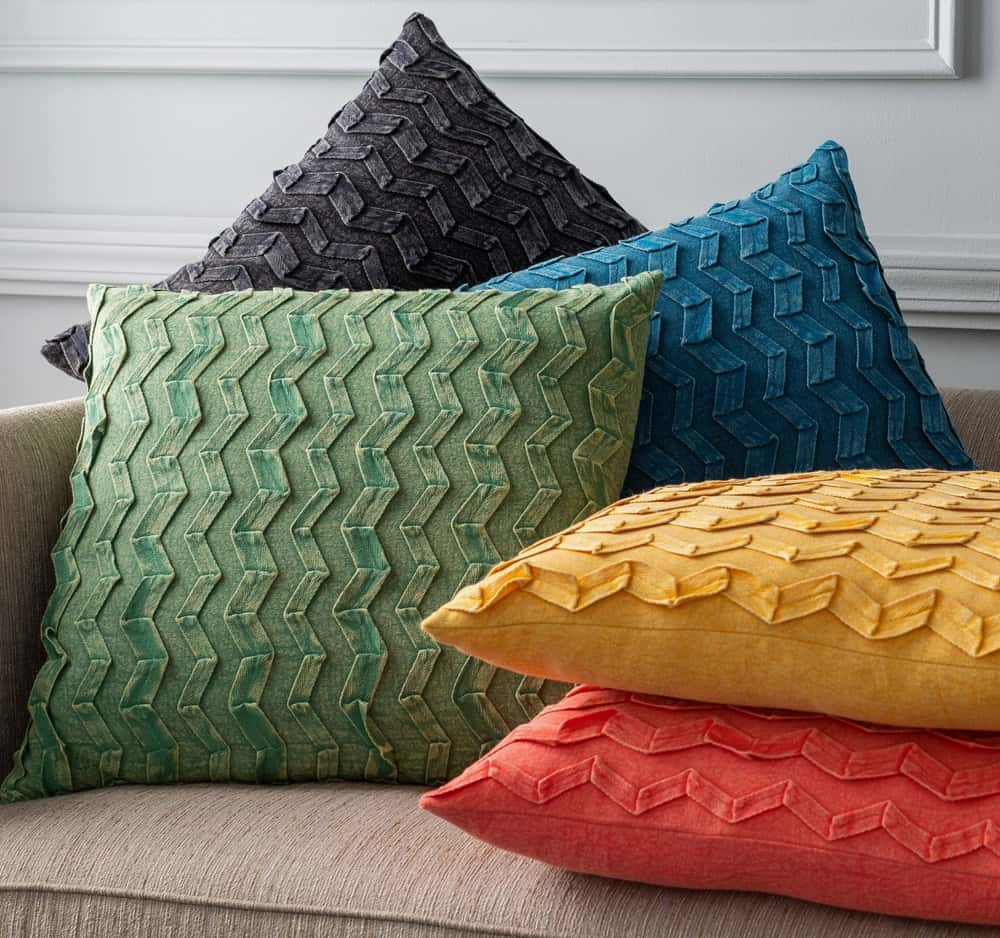Great interior design doesn’t just happen on its own. It takes a conscious, mindful exploration of the seven elements of design—space, line, form, light, colour, texture and pattern. By building your home décor around these seven key elements, you can create decor experiences that are meaningful, impactful and speak to your very soul.

In this article, we’ll explore the power of lines in interior design. How can you use lines most effectively to create both functionality and aesthetics in your home? Keep reading!
All About Lines!
In design, a line is what connects any two points. Lines speak a language that’s all their own and hold a wealth of meaning. A line can be straight or curved, thick or thin, continuous or broken, or it can zig-zag any which way it wants—and each type of line evokes a different feeling.
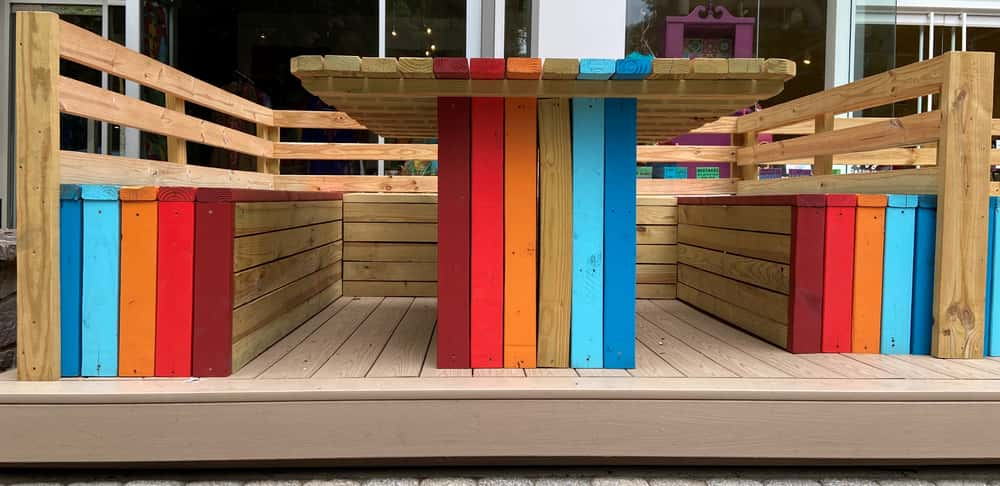
Lines create hierarchy between spaces, and direct the viewer’s eye toward a particular direction or focal point. While they define and delineate, they also unite spaces by tying various elements together and creating visual harmony. They can also be used to make a room appear wider or taller than it actually is.
Decorating with Lines – Ideas You Can Steal!
Here’s a peek into the HomeLane Lookbook, to give you décor inspiration!
Lines and Patterns
Lines are everywhere! They run through furniture and accessories, melding to form patterns that create real visual interest. In this living room corner, the striped upholstery is made more impactful by the intersecting line patterns in the cushions.
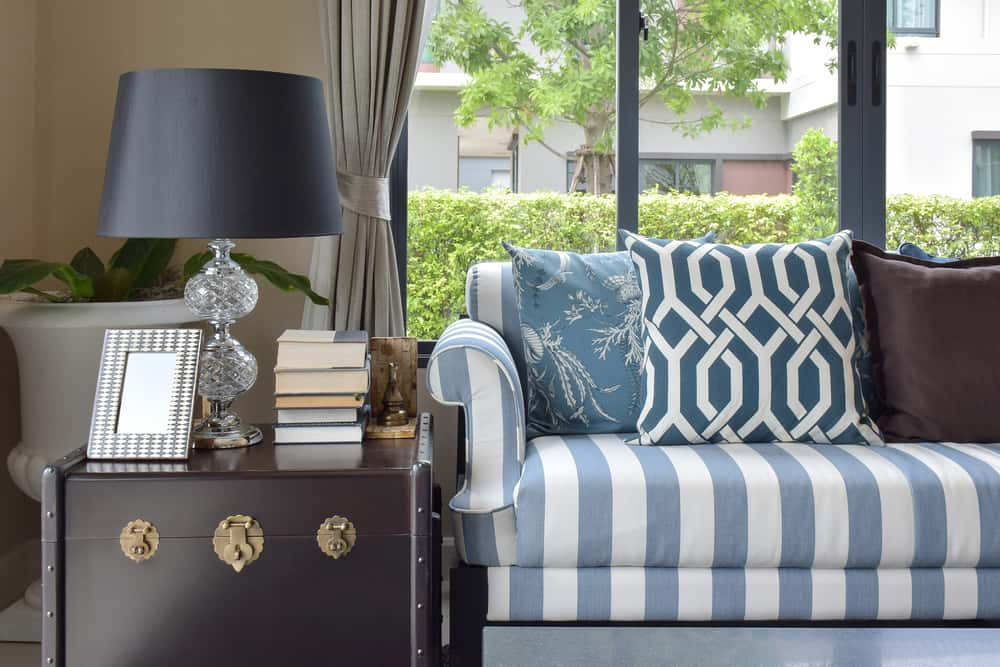
Of Zigs and Zags
Arresting and impactful, chevron stripes are a staple in every interior designer’s arsenal. These playful zig-zag patterns are chic and modern and add instant appeal to any room, whether they are used on the floors and walls, or in the upholstery and drapes.
Here, the black and white rug anchors the room, grabbing all attention even as it effortlessly ties disparate décor elements together. Note the clever use of bold black frames around the windows and the ceiling light, creating a conscious connect to the theme of black lines in the room.
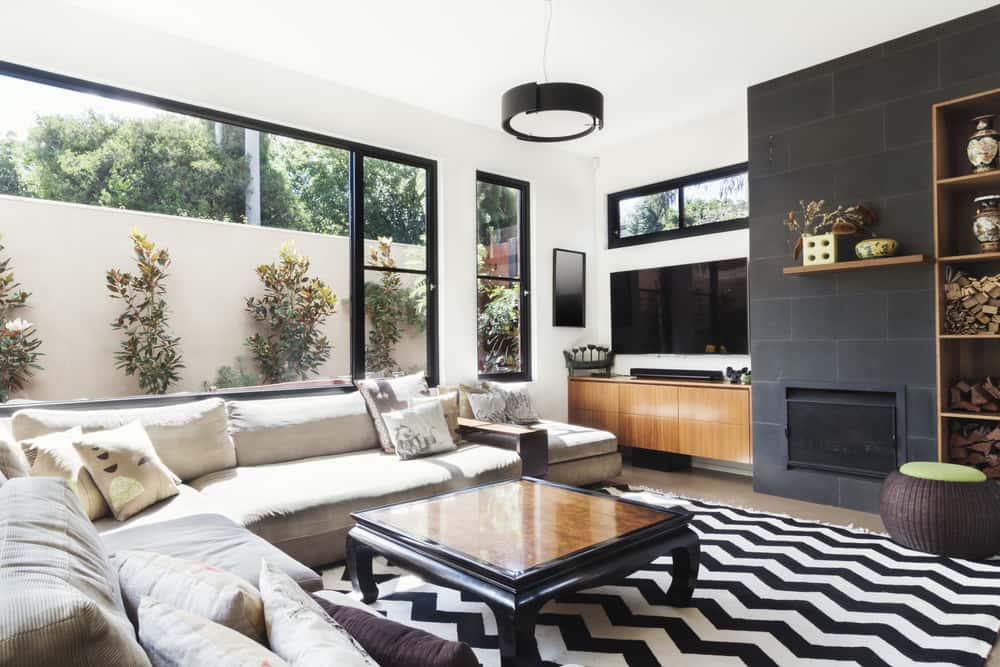
Visual Geometry
Horizontal and vertical lines of the same thickness could at times feel static, as they are fixed in one place. Diagonal lines, on the other hand, convey a sense of dynamic movement and add life to any space. Case in point: see how these bold diagonal stripes in solid colours engage the eye, making these cushions pop!
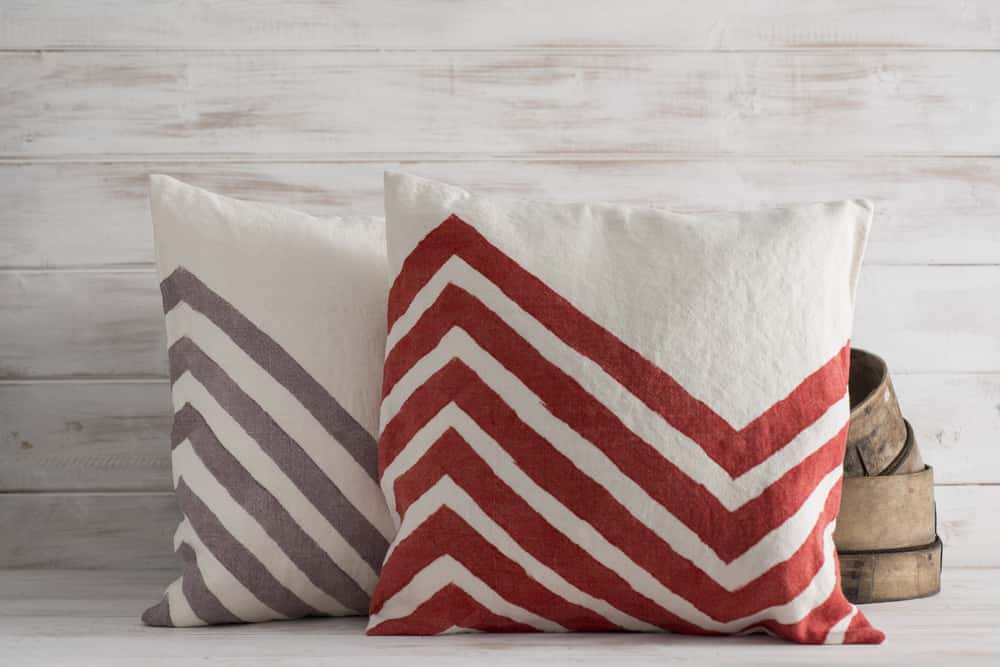
Creating Patterns
Straight lines add a bold, strong feel to any space, while curved lines add a softer and more playful touch. Striking black and white compositions in the bedsheets and pillow cases are the highlight of this bedroom, with ordered clusters of lines outlining and defining the patterns.
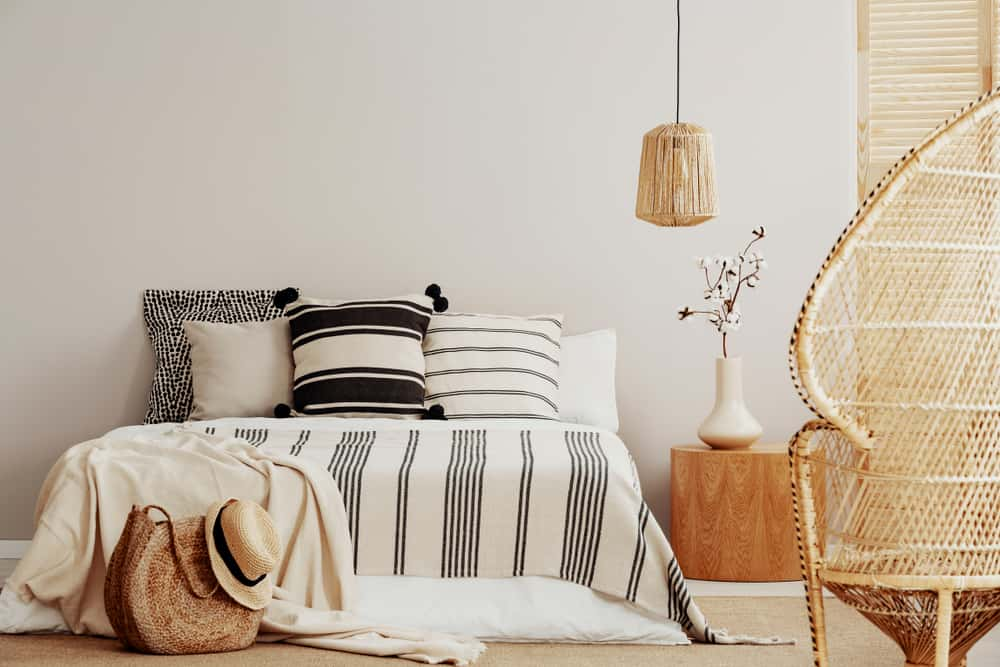
Defining Circles
Feel free to play around with lines, using different shapes, patterns or textures to create visual interest. In the experimental wall décor below, simple black frames emphasize the circular shapes of mirrors. Curves are a clever way to add life to any space, and this piece of wall art does exactly that!

Creating Visual Illusions
In design, the intelligent use of lines can change our perception of spatial relationships. Vertical lines create the illusion of added height, and make a low ceiling appear much higher than it is. On the other hand, if a room is too narrow, broad horizontal stripes will make it appear wider. Here, bright and cheerful golden yellow stripes elevate the aesthetics of this loft bedroom.
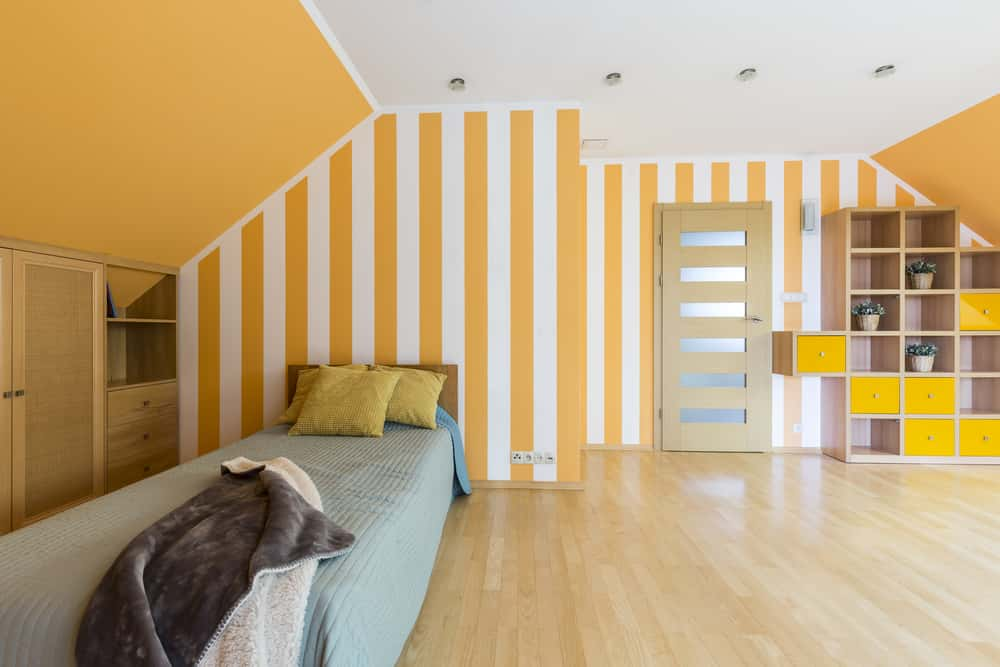
Light and Shade
Roller blinds with alternating opaque and translucent horizontal slats make strong statements against the light, creating interesting shadow patterns inside the room. Horizontal lines always accentuate the feeling of length, especially when they run all along a window or a wall.
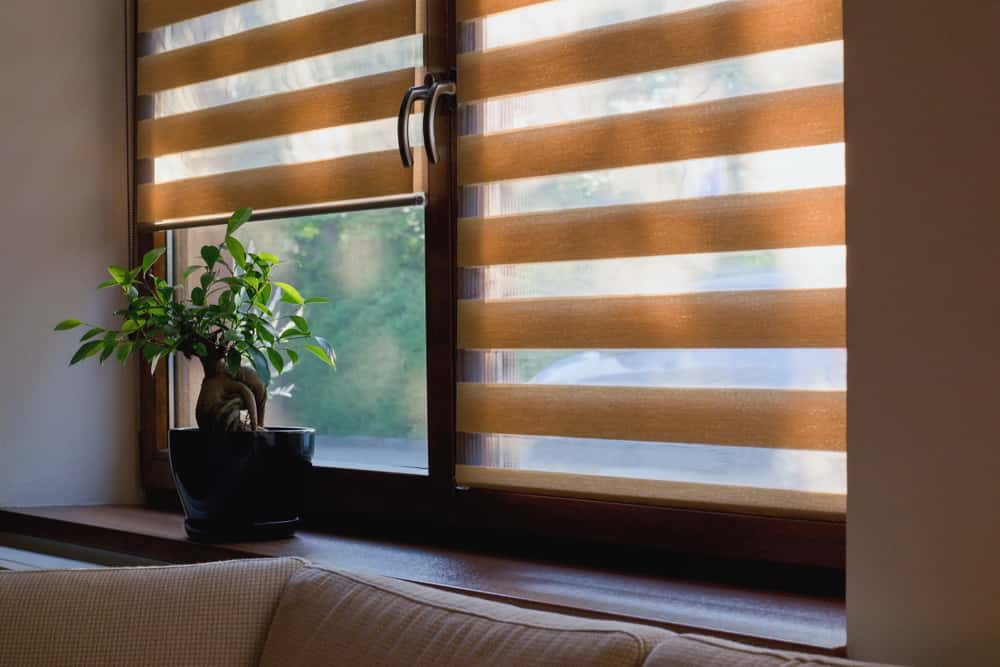
Time to Get Curvy!
This zebra-striped rug makes a bold statement with sensuous, sophisticated lines in black and white. Just a single element, like this Art Nouveau rug, is all it takes to pep up a lonely corner of your room!
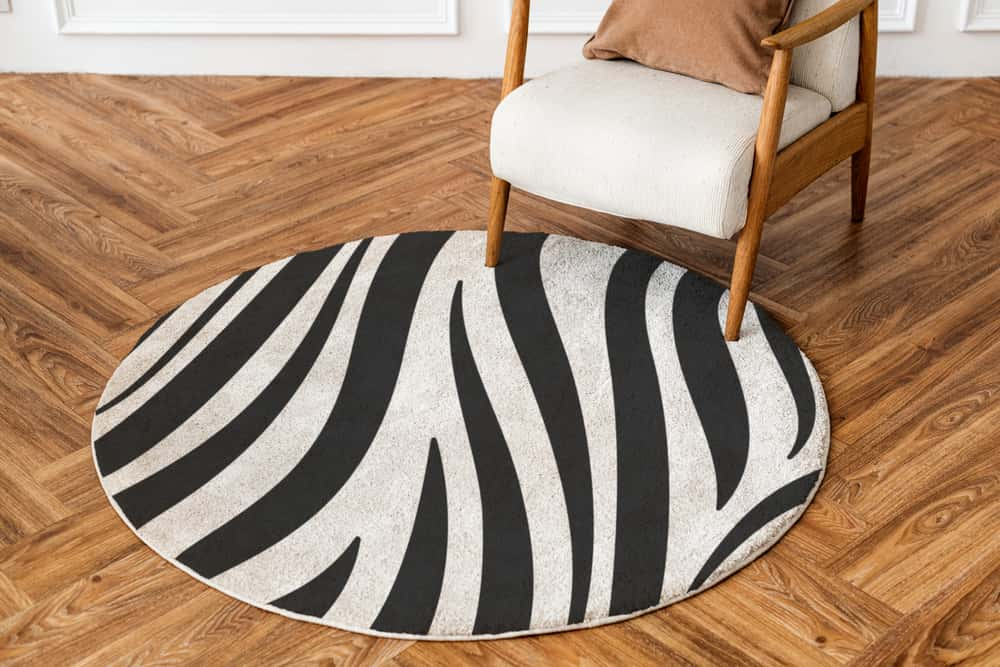
Interpretations of Space
Vertical, horizontal, curved and diagonal lines are perfectly placed in this modern living room, ensuring continuity of design and pleasing proportions. Note the various ways in which lines interact with other elements in the room; in the rugs, picture frames, spindle legs of furniture and so on— sparking interesting spatial dialogues.
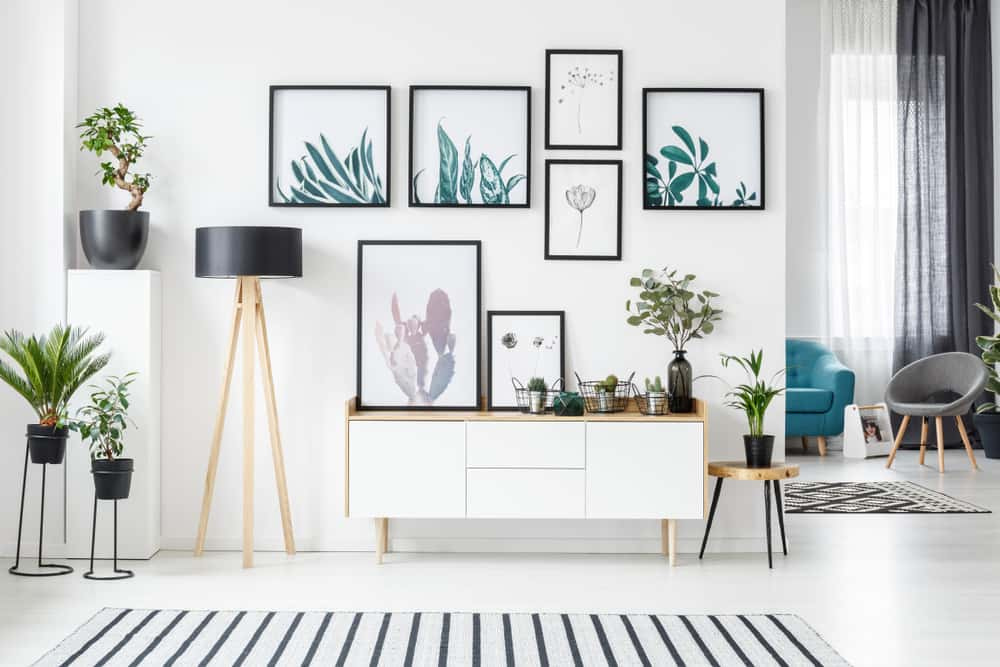
Demarcating Zones
Careful use of lines helps to create zones in this open plan kitchen, demarcating spaces and forming a visual divide between the kitchen and the rest of the room. The wooden reapers that flow from the wall to the ceiling perform the function of an invisible wall, and have a graphic quality that elevates the aesthetics of the kitchen.
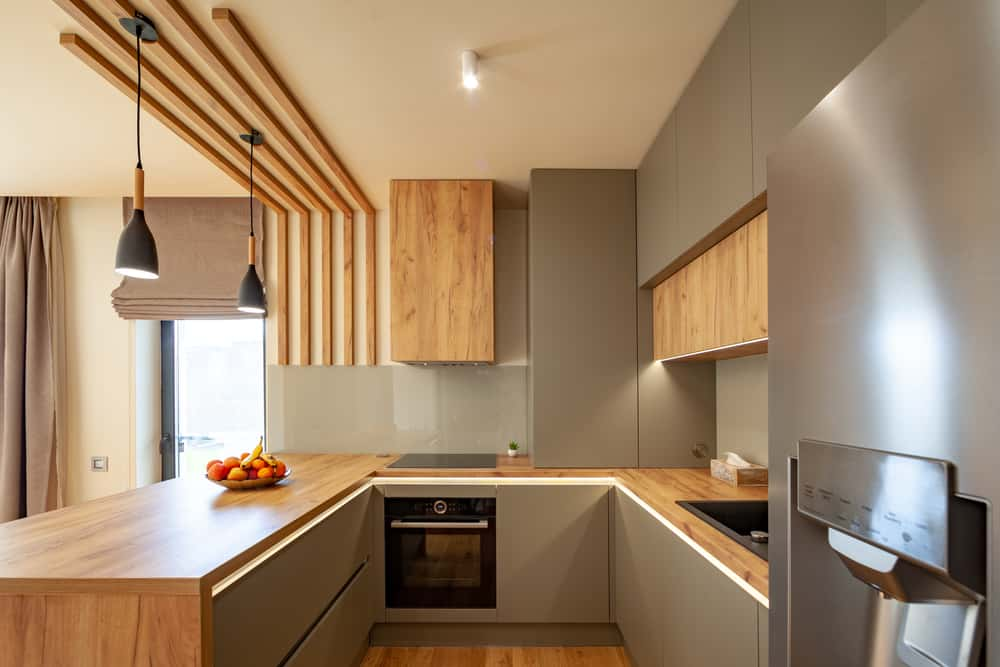
Broken Lines
Lines that are broken tell a story of imperfection and impermanence; but as humans, we have the ability to perceive these dots and dashes as a continuous line. This lovely textured rug in grey and white has broken diamond patterns and invites us to complete the story by filling in the lines.
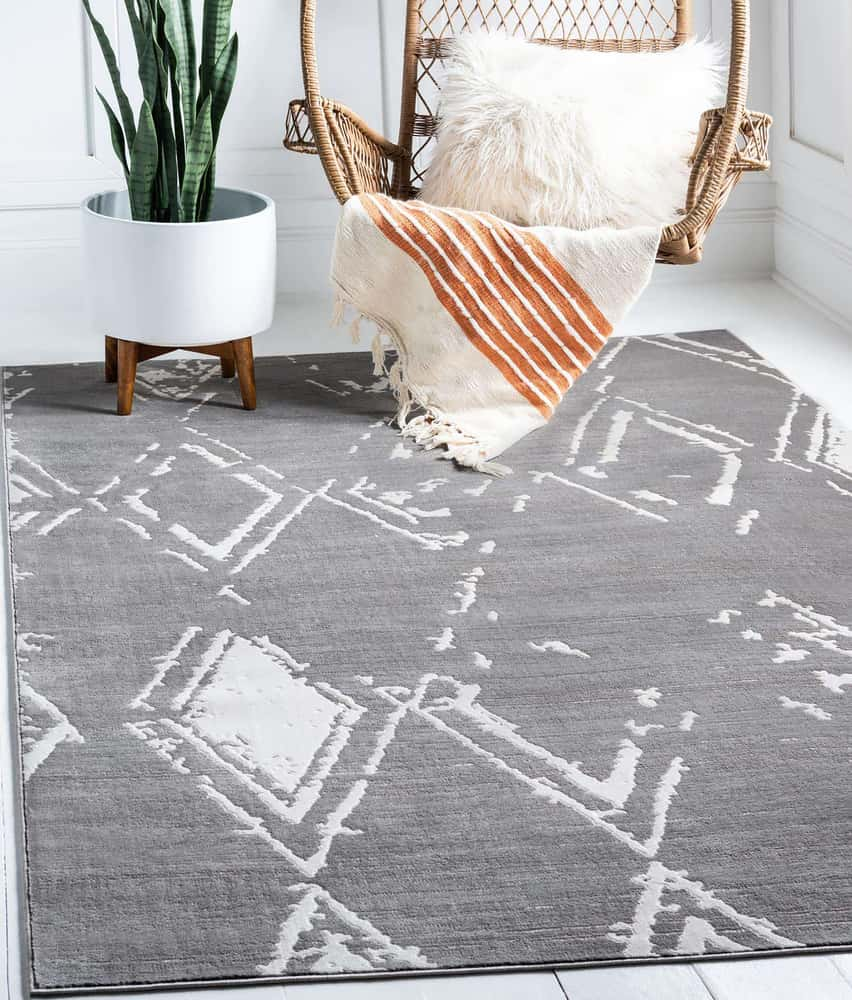
Using the language of lines effectively in your home calls for an innate sense of balance, proportion and creativity, which requires the services of an expert. For design guidance, style tips and décor tricks, call a HomeLane designer today. We’ve got your every design need covered!

